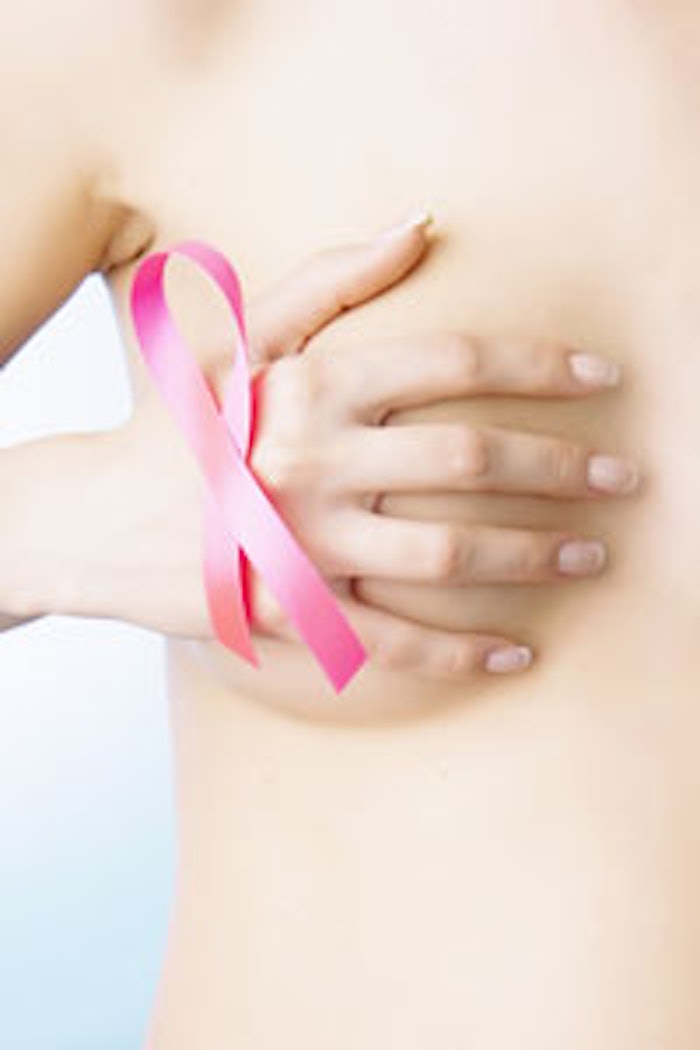
By Lisa Collier Cool
This article was originally posted on www.health.yahoo.net, June 10, 2014.
Counting the number of moles on a woman’s left arm could give doctors a simple new way to predict breast cancer risk, according to two new studies published in PLOS Medicine.
The researchers found that women with 15 or more moles on their left arm were up to 35% more likely to develop breast cancer, compared to women with no moles on their arm.
The studies are the first to link moles (also known as cutaneous nevi) to breast cancer risk. The researchers analyzed data from two large prospective studies: the Nurses’ Health Study in the United States, which tracked 74,523 women for 24 years and the E3N Teachers Study Cohort, which tracked 89,902 women for 18 years.
Why do moles predict breast cancer risk?
“We don’t think that nevi actually cause breast cancer, but there could be several reasons for the association we observed, including genetic and hormonal factors,” says Marina Kvaskoff, PhD, lead author of the study that analyzed the E3N Teachers Cohort and a research fellow at Brigham & Women’s Hospital and Harvard Medical School.
Her study suggested that genes could be a key player in risk for both conditions, while the Nurses’ Health Study linked the number of moles on a woman’s arm to higher blood levels of the sex hormones estrogen and testosterone, which in turn may contribute to breast cancer risk.
Previous studies have linked skin moles to increased risk for a number of other hormonally influenced disorders, including endometriosis (a condition in which tissue similar to the lining of the uterus grows outside of the pelvis), uterine fibroids, and thyroid disease, reports Kvaskoff.
“There’s research showing that moles become larger and darker during pregnancy, probably due to high exposure to sex hormones,” adds Kvaskoff.
The hormonal link between breast cancer, moles and skin cancer
“We know that having a large number of common nevi is the number one risk factor for melanoma—the deadliest form of skin cancer—and that there’s a link between melanoma and breast cancer,” continues Kvaskoff.
For example, recent research shows that patients who develop either breast cancer or melanoma are nearly four times more likely to develop the other malignancy than chance alone would predict, according to the Skin Cancer Foundation.
Most adults have 10 to 40 moles, which are usually found on areas above the waist that are exposed to sun. While having 50 or more moles is linked to increased risk for melanoma, most common moles (small skin growths that are typically pink, tan, or brown with distinct edges) don’t turn into cancer, according to the National Cancer Institute.
“Since breast cancer is the most common hormonally-related cancer in women, we wanted to see if nevi also predicted risk,” says Kvaskoff. In her study, women who reported having “many” moles had a 13% higher risk for breast cancer, versus those without nevi.
In the Nurses Study, women with 15 or more moles on their left arm at the start of the study had an 11.4% absolute risk of developing breast cancer over the next two decades, compared to an 8.48% risk for those without moles. That correlates to a 35% increase in relative risk for women with many skin growths.
The Nurses Study also found that postmenopausal women with six or more moles had higher blood levels of estrogen and testosterone, compared to women without nevi. This association disappeared after the researchers adjusted the results for hormonal differences, suggesting that moles may be a marker of higher hormonal levels, which in turn may predict breast cancer risk.
Intriguing genetic clues to cancer risk
Scientists are also investigating several genes that are known to raise risk for either melanoma or breast cancer.
In a study by the Breast Cancer Linkage Consortium, carriers of the BRCA2 gene mutation (which greatly magnifies risk for breast cancer) were more than 2.5 times more likely to develop melanoma than noncarriers of the gene.
The study included 3,728 people from families known to have the BRCA2 mutation, among whom 681 participants had developed breast or ovarian cancer. The researchers also found that carriers of this gene had sharply increased risk for other cancers, including pancreatic, gallbladder, bile duct and stomach cancer.
Among men who carried the BRCA2 mutation, risk for prostate cancer was nearly five times higher than in non-carriers.










